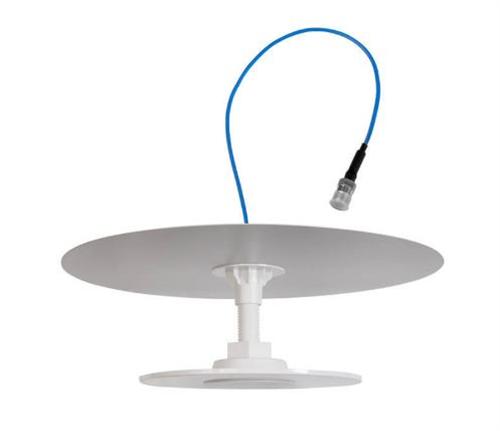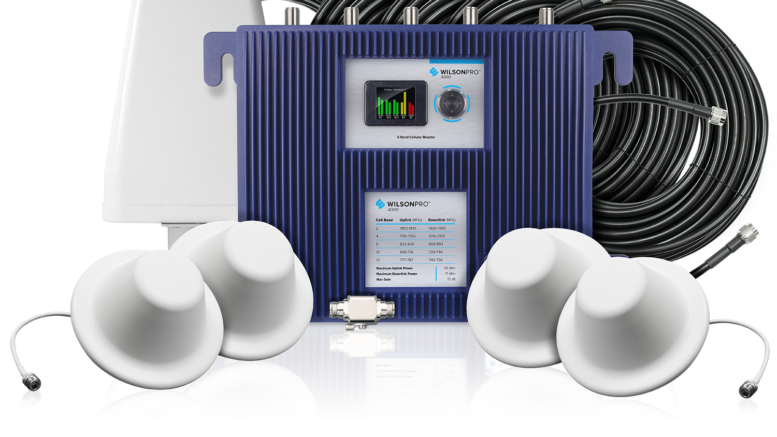A longtime contributor to this blog contacted me recently about putting a cell booster in a church. It’s an interesting idea, right? I suspect you have one of two immediate reactions to that idea. Either you think, “hey… everyplace needs good cell reception,” or you think “isn’t there any place left where you can avoid those accursed things?”
No matter what your reaction, the fact is that churches, synagogues, mosques and other religious buildings are places of hospitality. They are places to help people feel welcomed. If you’re under 40, that means good cell service. Obviously it’s up to the people at the church to enforce good etiquette but just jamming cell signals isn’t the answer.
Why do churches have poor cell service?
Churches suffer from poor service for the same reason as other commercial buildings. The materials used to build them actively block cell signals. If the exterior is made of stucco, the mesh the stucco sticks to does an incredibly effective job of blocking. Red brick is full of iron which blocks cell signals too. Surprisingly, even the large glass panes in many churches do their part to block the signal. They’re often coated with something that keeps out the sun’s rays in order to save energy. That same coating blocks cell signals too.
Churches also have basements, which are notoriously bad for signal, and older ones have lots of varnished hardwood. Hardwoods, especially those that have been stained and varnished, block signals as well as metal conduit does.
What’s the best option for a church?
Every commercial building is different. You could need a custom system if you’re going to get decent service everywhere. When you’re looking at a space larger than 10,000 square feet, every one will be different. The best choice is to create something that’s designed for the space. That starts with surveying the areas where cell signal is poorest and putting those results on a blueprint.
Once you have that information, sending it to the experts at Signal Connect gets everything started. Our experts will work with manufacturers to come up with a perfect solution that has everything you need. This solution will not only include all the parts you’ll need but also an installation guide that shows where to put the antennas.
One size doesn’t fit all, but…

Many of the best solutions start with the WilsonPRO 1000 booster system. This system can be configured to handle spaces up to 35,000 square feet. It has the power to drive multiple antennas, so you can create strong zones of service right where you need them. Installation is easy and the system will let you know that it’s working using a simple-to-understand color display on the front.

In order to keep the beauty of the space intact, I recommend something like this low-profile antenna from weBoost. It will work with the 50-ohm Wilson PRO 1000 and its commercial-grade cables. The system mounts in a suspended or drywall ceiling and only the very bottom part is visible. The rest sits above the sight line, and the whole antenna is barely noticeable in most installations.
If that option seems too small for you, check out the Wilson PRO 4000 (shown at the top of this article) which can be configured to cover up to 100,000 square feet.
Call the experts
Before you buy anything, call the experts at Solid Signal at 888-233-7563. They’ll ask the smart questions and help you choose the system you need. They can arrange for local installation or work with your electrical contractor for installation. If it’s after business hours, fill out the form below and our team will get back to you, usually within one business day!





